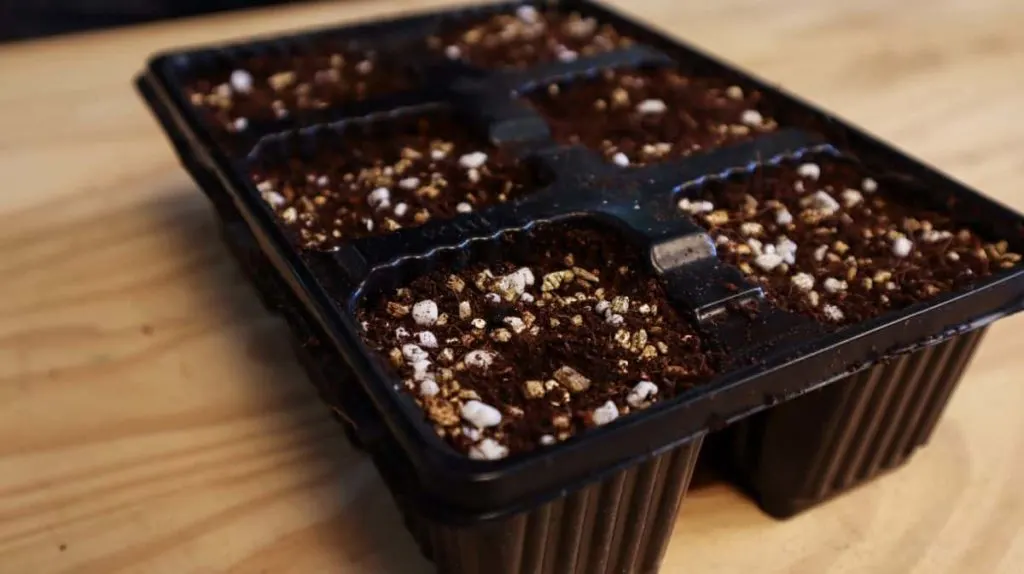
Sowing seeds is one of the most exciting gardening tasks. You get to take an incredibly tiny seed and turn it into an entire plant, watching it grow.
Besides the seeds themselves, an essential part of this exciting process is seed starting mix.
So, what exactly is seed starting mix?
Why can’t you just use regular potting soil, or garden soil? And what goes into making seed starting mix from scratch? Let’s find out.
What Is Seed Starting Mix?
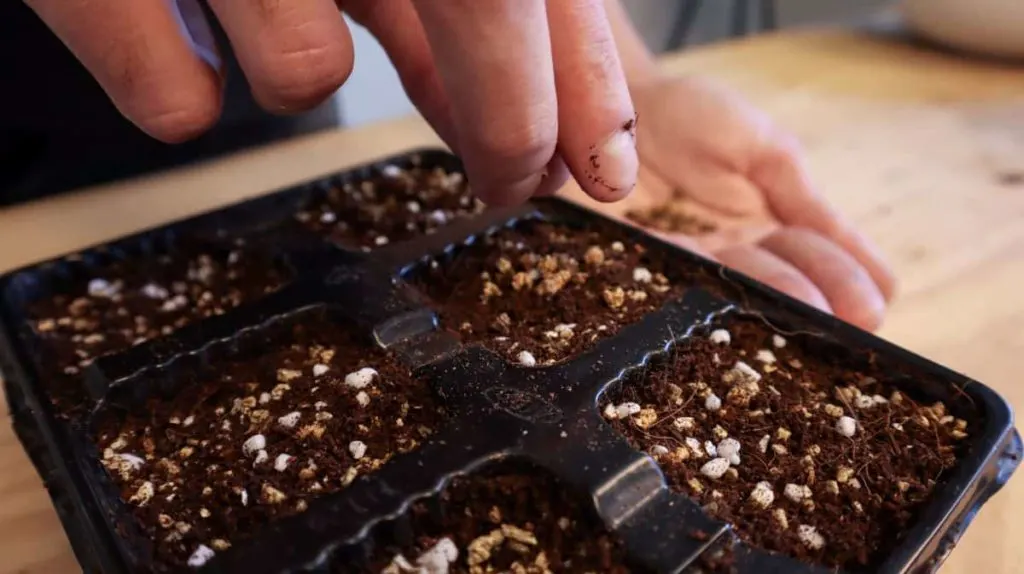
Put simply, seed starting mix is a mix you start seeds in. But before you roll your eyes at that incredibly obvious sentence, there is slightly more to it than that.
Seed starting mix creates the perfect environment for germination.
It is light and airy to allow the roots to grow quickly without resistance but holds enough moisture to provide the right environment for germination.
The word ‘mix’ rather than soil is important here. That’s because most seed starting mixes are completely soilless. One key component differentiates soil from soilless mixes – nutrients.
Seeds come packed with all the nutrients they need to germinate, so they don’t need any excess in the soil. In fact, extra nutrients in the early stages of growth can actually do more harm than good, burning the new and tender roots. Soilless mixes contain few nutrients and are favored more for their other properties like aeration and water retention.
Soil is also usually denser and more compacted than what is required to quickly germinate seeds.
Roots can certainly develop in garden soil. We plant seeds straight into the ground all the time. But seeds will develop stronger roots with far less resistance in a soilless mix.
Garden soil is also packed with other elements like runaway roots, weeds, and microbes that can stop the seeds from germinating.
To give your plants the best start, a tray and soilless seed starting mix is ideal.
Why You Should Make Your Own Seed Starting Mix
So, if you can buy seed starting mix pre-packed from your local nursery, why should you put all the effort into making your own?
The first reason, and the one people are usually most convinced by, is cost. Seed starting mix, as a specialized soilless mix, can be quite costly. If you’re planting one tray of seeds this may not be a concern, but as you scale up your planting processes, the price adds up very quickly.
Secondly, by making your own, you know exactly what’s going into the mix. While there shouldn’t technically be any questionable components in a purchased soil mix, some companies may add extra chemical elements that you don’t really need.
And lastly, making your own seed starting mix gives you complete control over the growing process.
Sowing seeds already provides you with plenty of control over the growth of the plant. By extending that to the germination medium, you can ensure your seedlings become as strong as they possibly can.
The Components of Seed Starting Mix
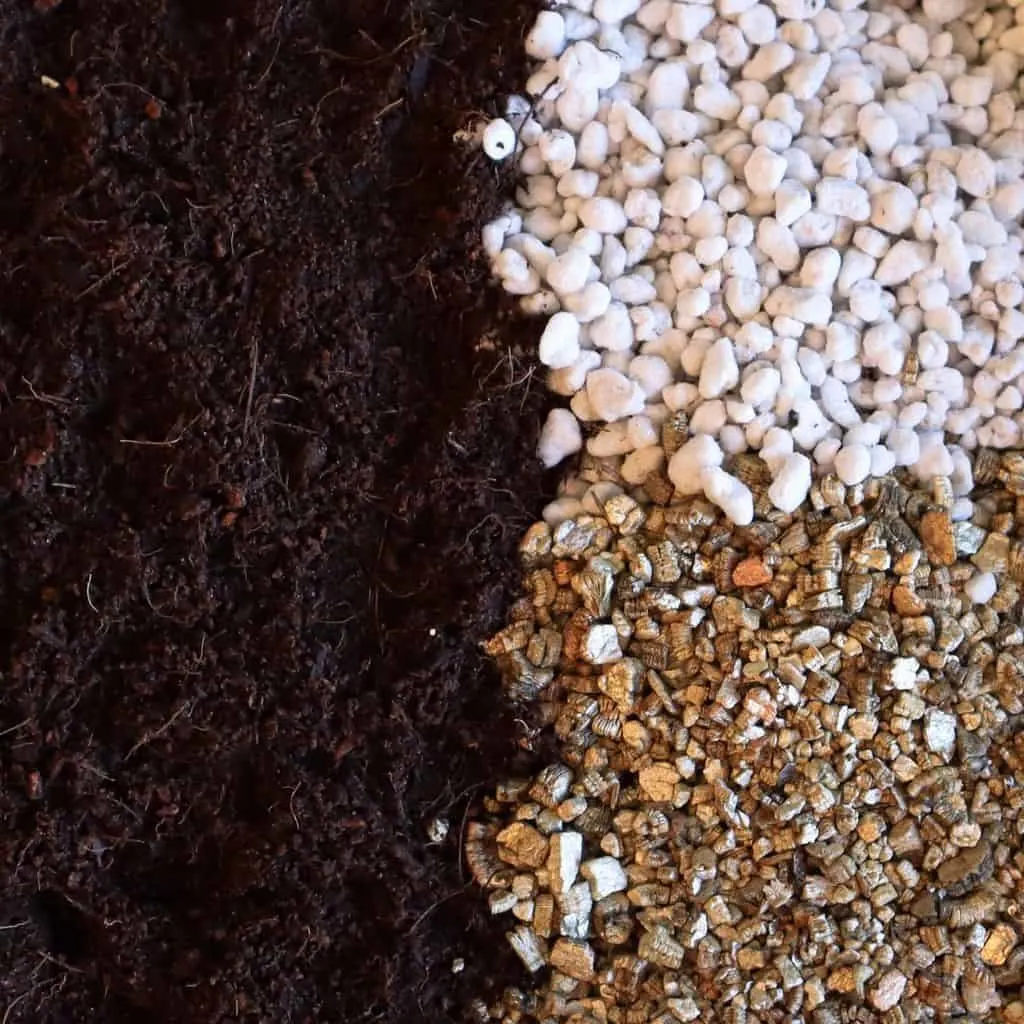
Before we start mixing, let’s discuss what each of the elements of a DIY seed starting mix brings to the table. These components form part of my personal recipe, but there are many substitutes out there that will perform the same job. Use what you have on hand or what is readily available in your area in the same ratios if you cannot find any of those mentioned.
Coconut Coir
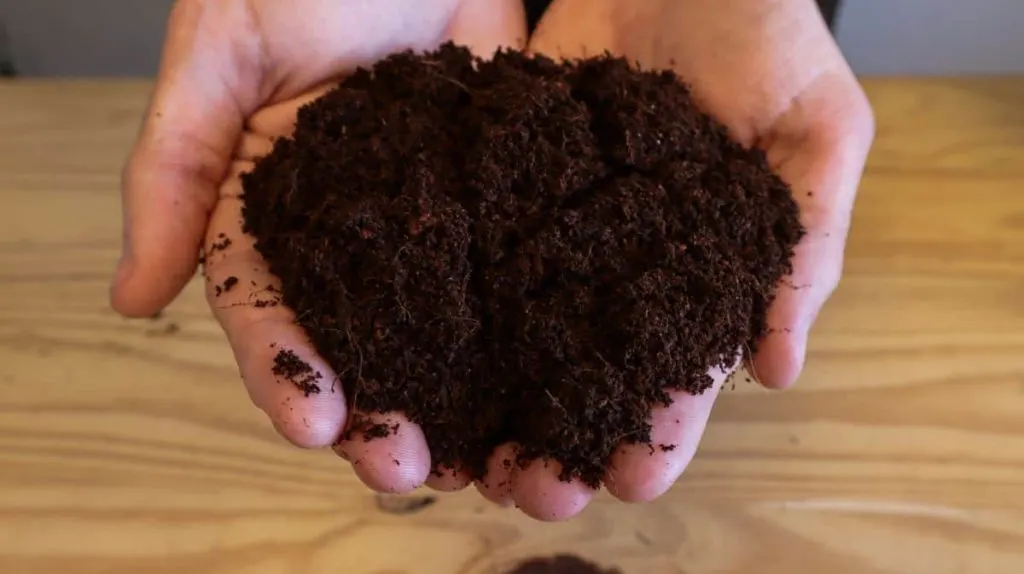
Coconut coir is made from the fibers of the outer parts of the coconut. These are typically discarded after harvesting and use. The coconut husks go through extensive processing to be ready for use in the garden, forming a substance known as coco peat.
Evident in the name, coco peat is similar in texture and use to peat moss. Peat moss is a common element in many home gardeners, but its use is somewhat controversial.
The substance is harvested from deep inside bogs and requires the removal of the living layer of plants above the peat. If done correctly, the ecosystem should be given time to regenerate before harvesting again, but this is usually not the case. Peat moss is therefore often considered an unsustainable material that is damaging to the environment.
Coco peat performs the same function as peat moss, without the environmental concerns. It is produced from products that would go to waste otherwise, actually helping the planet in the long run.
In a seed starting mix, coconut coir provides the structure that allows the roots to grow healthily. It is very similar to soil in texture, but is far lighter, allowing for better drainage. This similarity in texture also makes the seedling’s transition to garden soil far smoother, preventing shock. And it retains up to 10 times its weight in water, creating the moist environment necessary for germination.
Perlite
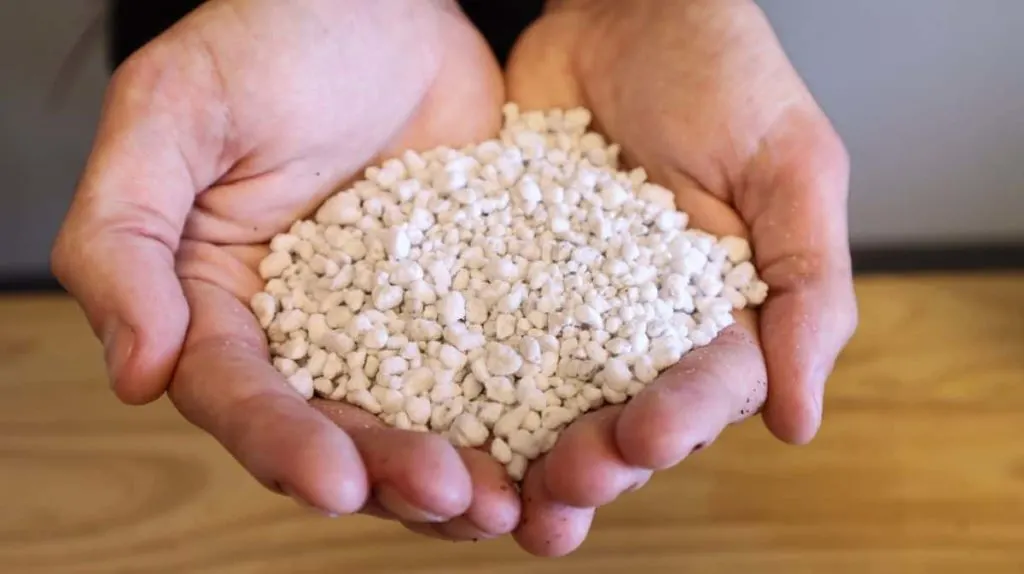
Take a look at any of your houseplants or a commercial houseplant mix, and you may find tiny white balls that look like Styrofoam. These strange little rocks are known as perlite.
Perlite is made from mined volcanic rock or glass that is heated under extreme temperatures until it ‘pops’, almost like popcorn. This process is what gives it its incredibly light and airy texture. It is commonly used in construction or as a filtering material, but features most often in the gardening industry.
The most important property perlite provides is drainage. These lightweight ‘rocks’ fill in the spaces between the small coco peat fibers, creating little air pockets. This drastically improves drainage, a necessity when starting seeds, and aerates the soil to allow oxygen to reach the growing roots.
It also holds some water, delivering it to the roots as needed, and allows any excess to drain away, preventing root rot.
Vermiculite
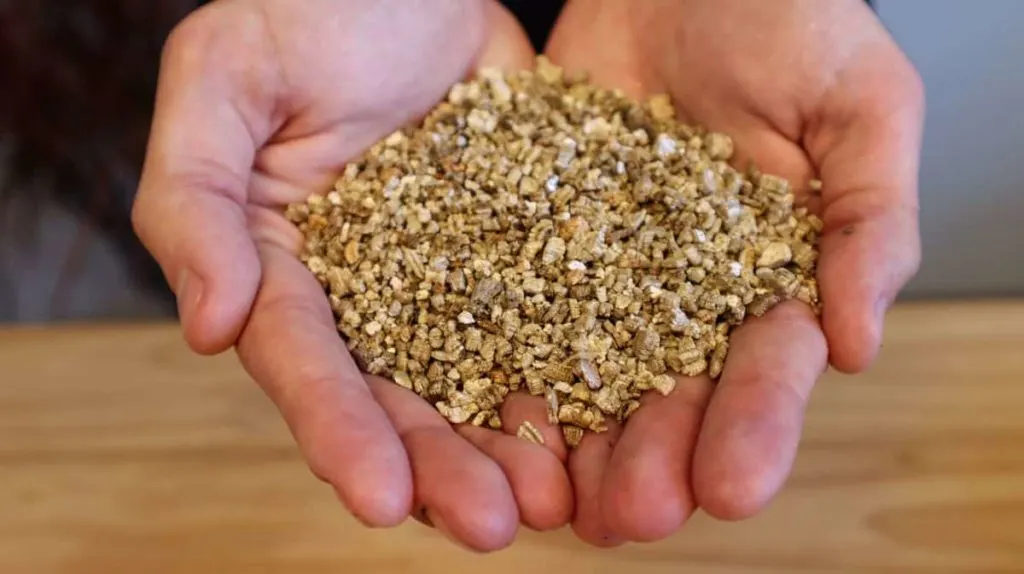
Vermiculite is very similar in structure and purpose to perlite. This substance, a slightly goldish brown color rather than the stark white of perlite, is made from aluminum-iron magnesium silicates. They are also heated at high temperatures and expand to become what we use in our gardens.
Vermiculite’s main benefit is water retention. It holds water incredibly well and delivers it slowly to the roots, preventing oversaturation while limiting your need to moisten the soil often.
It is a far greater water retention material than perlite, and is often used in containers for water-loving plants.
Due to its lightness and structure, vermiculite also aids in aeration and drainage, but not as successfully as perlite. In older plants, it also retains nutrients and delivers them to the roots over time. This is perfect for use with liquid fertilizers, as the vermiculite improves soil structure and doesn’t allow the nutrients to leech from the soil as quickly.
Do I Need Compost In My Seed Starting Mix?
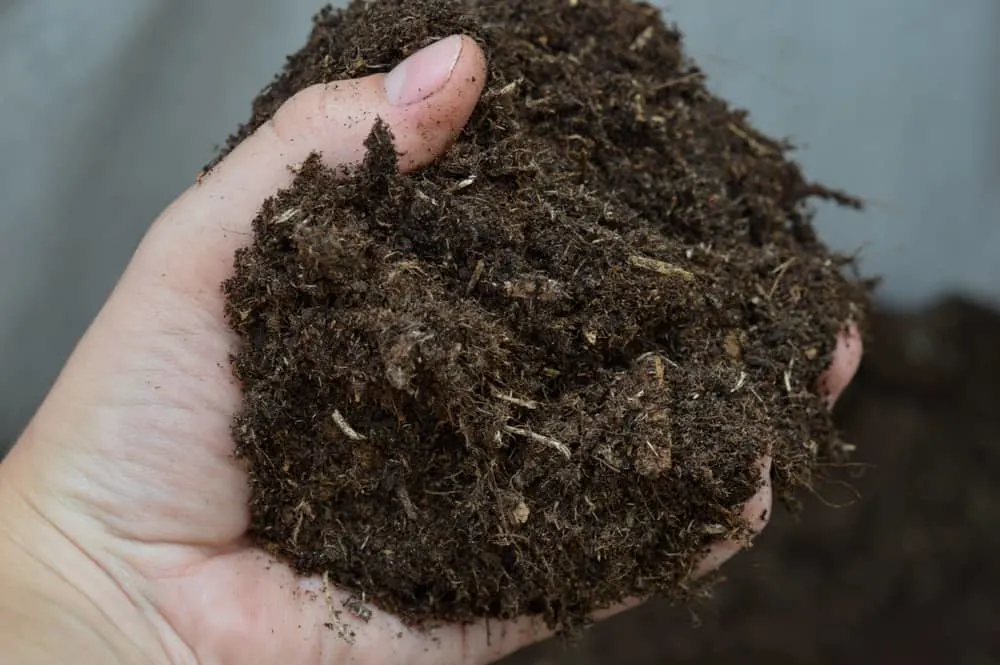
Many seed-starting mixes call for the use of compost. This beloved material is useful and essential in most garden activities, and it can certainly be used in conjunction with other elements to make a seed starting mix.
However, its use is not strictly necessary. If you’d like to keep your seed starting mix as simple and cost-effective as possible, you can skip the compost without any adverse effects.
Besides its structure, compost is used to provide essential nutrients and organic matter to soil that a soilless mix just does not have. However, germinating seeds don’t really need many nutrients or organic materials to get started.
Homemade compost can also pose a risk to young and vulnerable seedlings. It needs to be sterilized to provide a neutral environment for growth without any outside interference. This can be tricky to achieve, and its far safer to leave out of the mix altogether. The seeds will germinate just as well, if not better, without the addition of compost.
Seed Starting Mix Recipe
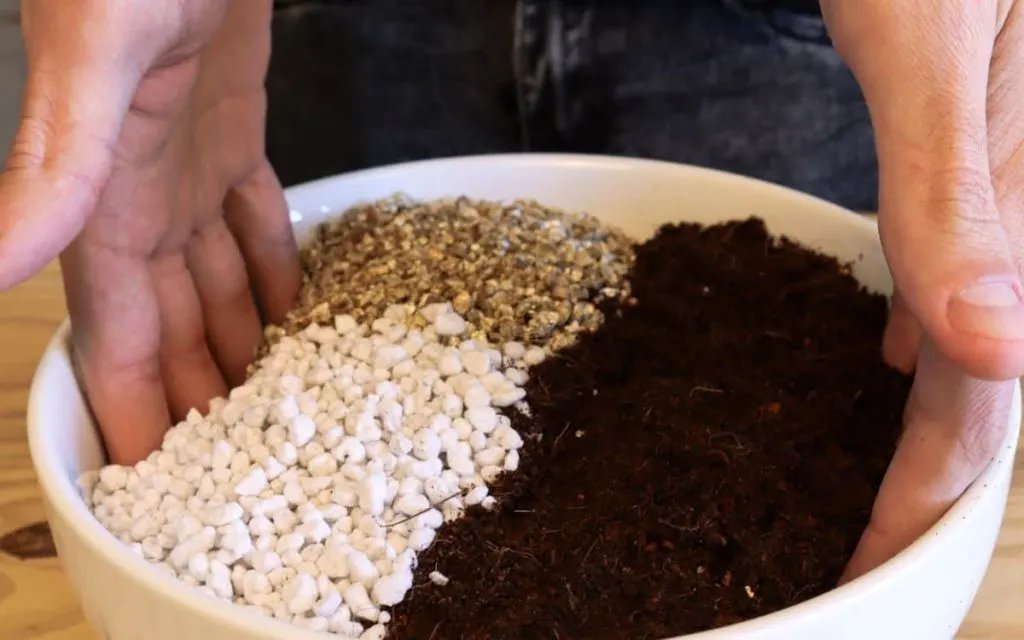
Now that we understand all the elements of a seed starting mix and what their purpose is, we can get to mixing.
This recipe is a general guideline and can be changed slightly to suit your needs. Essentially, this is not a case of baking where slight deviations can cause the entire recipe to fail. The measurements don’t need to be exact and allow for a bit of leeway if needed.
The elements can also be swapped for what you have available – such as swapping coconut coir for peat moss or perlite or vermiculite for sand.
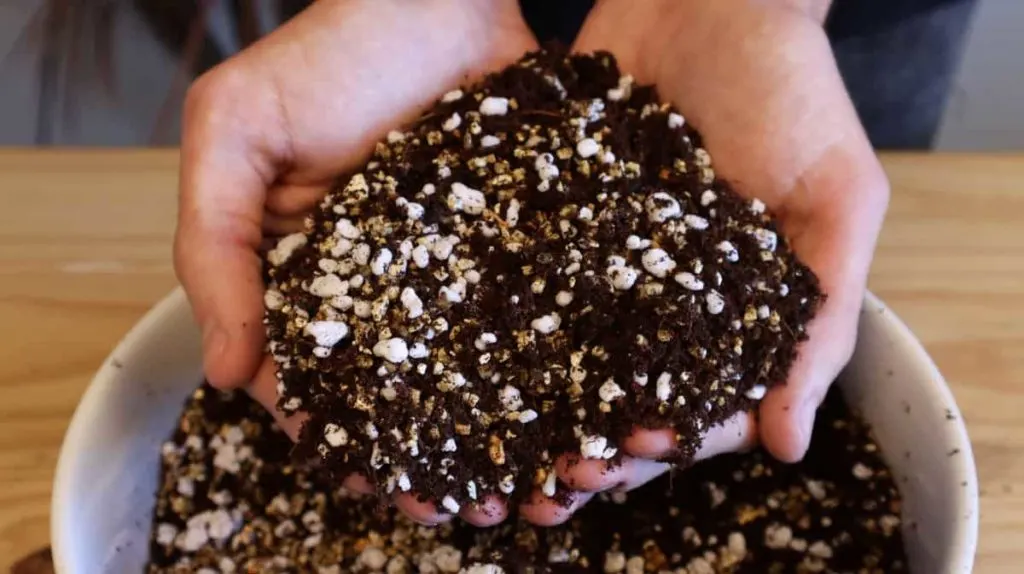
Mix together:
- 2 parts coconut coir
- 1 part perlite
- 1 part vermiculite
A part can be any container you have free, allowing you to scale this recipe as required.
Before planting your seeds into trays, fill up to the top with this soilless mix and premoisten it to avoid disturbing the seeds with strong water streams.
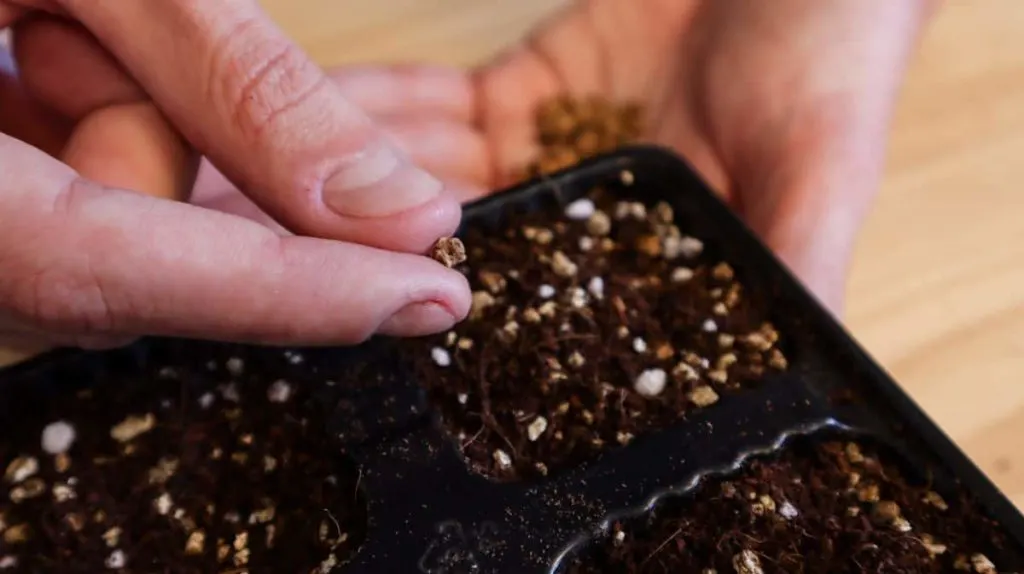
Push your seeds into the tray and cover lightly, or sprinkle over the top and cover with a final thin layer of mixture. Give the top a light misting with a spray bottle and you’re ready to grow.
Of all the garden DIY’s, making your own soil mixes truly is one of the simplest projects you can do. It also ensures your plants get the best start possible, making your gardening tasks far less onerous in the long run.
Related Seed Starting Reading:
7 Ways To Germinate Seeds Without Soil
10 Reasons Your Seeds Aren’t Germinating & How To Fix It
12 Pro Tips For Starting Seeds Indoors In Winter

Get the famous Rural Sprout newsletter delivered to your inbox.
Including Sunday musings from our editor, Tracey, as well as “What’s Up Wednesday” our roundup of what’s in season and new article updates and alerts.

